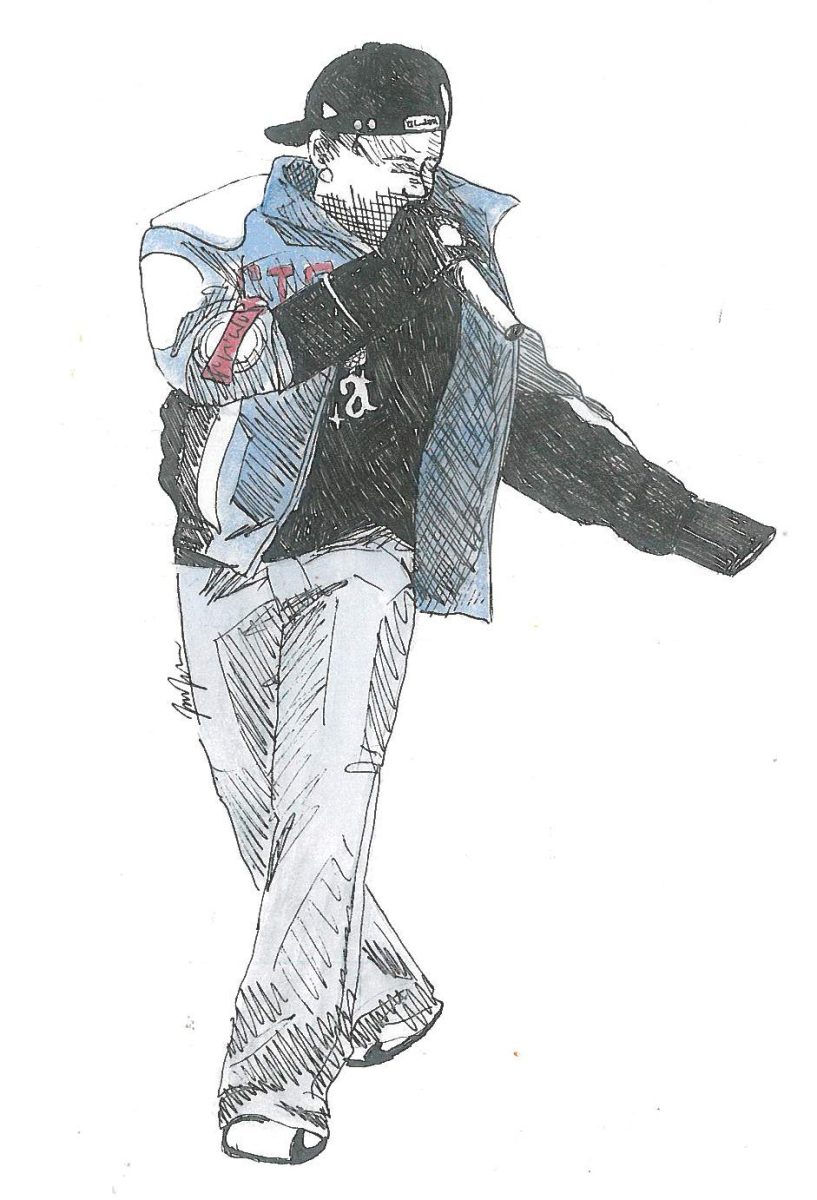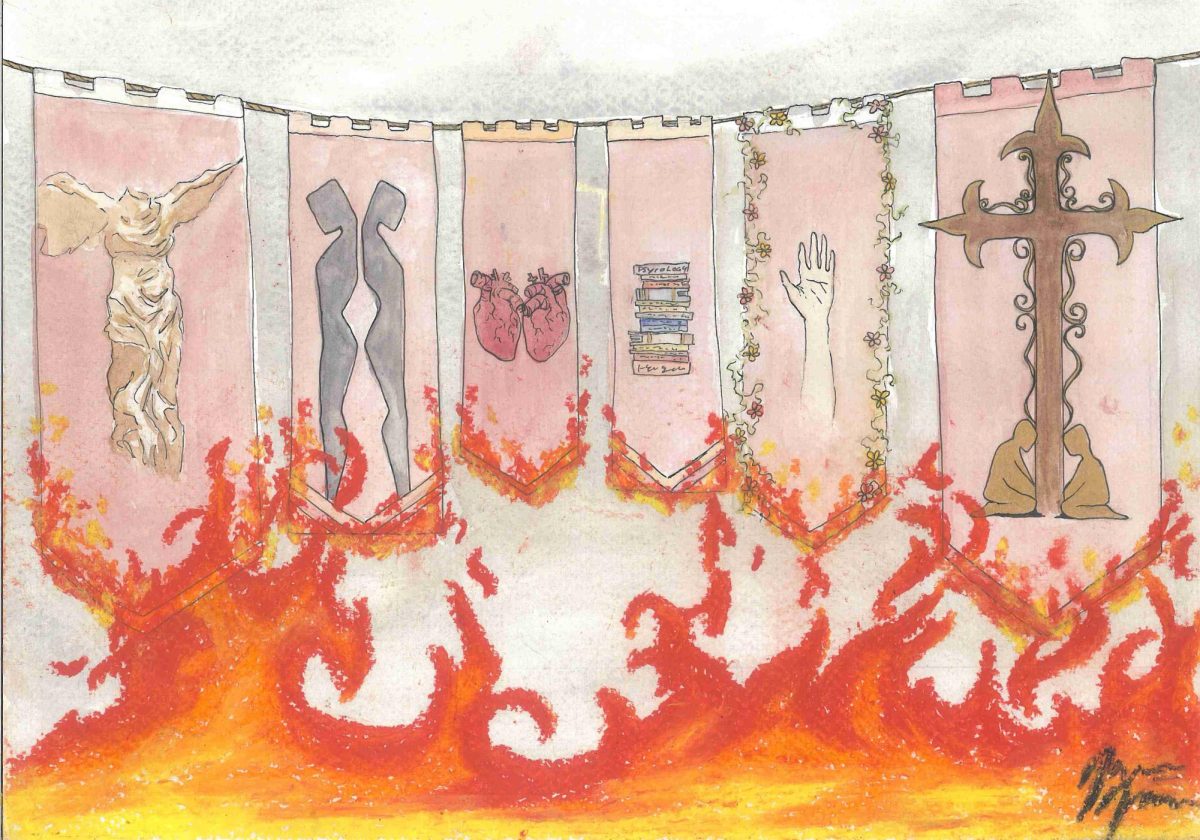Artistic expression important for communicating between cultures
The arts are something that is undeniably important in school. The programs promote creativity, allow for individual expression, and give social and political voices to students in an unique way.
That being said, the arts can also offer us important looks into the history, religions, suffering and hope of other cultures.
For example, while I was studying abroad in Scotland and Ireland, I noticed that art seemed to take a much more pivotal role in their history and culture when compared to American history and culture.
Over there, most museums are free, which allows students and tourists alike to engage in the country’s art firsthand.
Belfast, Ireland, was abound with murals featuring various historical figures fighting for either the Protestant or Catholic sides in the country’s religious controversies.
Many of the churches had stained glass windows featuring Christ and other biblical figures.
Art was intertwined in everyday life just as much as it was with academic life.
For example, Belfast’s prominent display of IRA murals and Irish lives that were lost during The Troubles gives a glimpse into Ireland’s dark times. It also teaches tourists about this horrific point in Ireland’s history.
But the arts aren’t just for history lessons. Newgrange, a burial mound in the Republic of Ireland, gives hints at early Celtic culture. The stones that make up the mound’s interior are carved with trescles, a symbol made of three swirls, and other symbols that held importance to early Celts.
The importance of a trescle, in light of Celtic culture and history, helps to explain how Christianity was adopted and accommodated so peacefully in Ireland. The trescle shows that the early Celts already held the number three in high regards.
Thus, when early missionaries reached Ireland telling tales of a God that was a trinity, it meshed incredibly well with what the Celts already deemed important in their spiritual worldview.
Even our own Western preconceptions of what art is can be challenged through this cross-cultural view of art.
Scottish and Irish history and mythology are both filled with examples of how nature and the natural world are held in high regard. From druids who lived in the woods and Ayo Shide who used trees as a portal to our world, both countries held beliefs that nature had spiritual elements and should be protected.
This can even be seen in the modern day. Burial mounds filled with Celtic stone carvings are protected as World Heritage monuments. Monastic ruined cities tucked away in the mountains serve as both a religious token and hints at Celtic art, with Celtic high crosses adorning graves.
Denying future generations the ability to learn art as a means of understanding different experiences from our own derails that generation’s ability to empathize with others.
If younger generations lose the benefits of art programs, and thus lose the ability to empathize with people in different cultures, then we are teaching our children a lesson of alienation.
Art is a means of communication between cultures that defies boundaries and overcomes language. It allows for understanding and cross-cultural sharing of values and beliefs. Art helps us be more human.
Cross-cultural understanding, without art to help facilitate it, contains many struggles; language barriers, equivalency of concepts attempting to be explained and translation errors are just a few examples.
But by allowing art to be the facilitator of cross-cultural communication, each individual is able to take their own interpretation from what is being said, made or drawn. They are able to understand the culture in a new light: the culture’s light, while also holding onto our own Western lens.
Art is more than just something to learn in school. It affects our everyday life, and can teach us about other cultures, give us glimpses into the past, and help us understand the spread of religion.
Without art programs, we risk losing these important tools helping us learn about other culture’s and what they value.





















































































Joyanna nesmith • May 8, 2020 at 4:52 pm
I agree. I have been a teacher for 36 years. Art was a vital part of my classroom Instruction. Sadly here in California…it was always the first to be cut. My Principal never questioned that art would remain a huge part of my children’s day…everyday.
Sincerely,
Joyanna